Garlic manure, or more precisely garlic decoction, is very useful in vegetable garden, orchard, and for some flowering plants such as roses. The properties of garlic offer indeed a powerful and completely natural means of control against damaging insects and many diseases.
In decoction form, Allium sativum is used preventively against damping-off of seedlings. As a curative treatment, garlic manure is used to eradicate aphids, mites and caterpillars, and also to treat various fungal diseases such as peach leaf curl, late blight, rust, and powdery mildew...
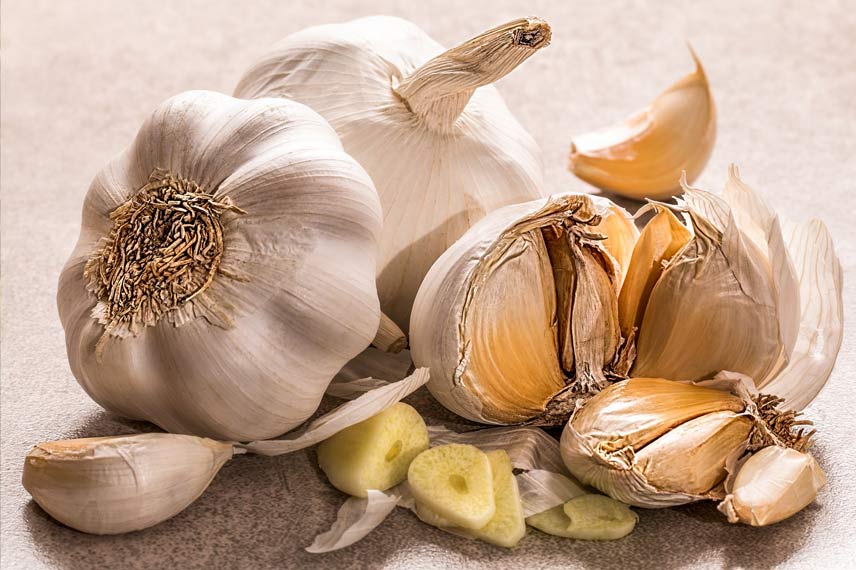
To top it off, garlic decoction can be easily prepared with minimal utensils. Discover here the recipe for garlic manure, as well as details of its possible uses on your plants.
Garlic manure or garlic decoction? Importance of semantics
Commonly called “garlic manure”, this preparation is in fact a decoction. Indeed, while tomato, nettle, ferns, and comfrey are much more effective as manure, the properties of garlic are far superior in decoction form.
Thus, people often wrongly speak of garlic manure instead of garlic decoction. However, the name matters here, since manure is not prepared in the same way as a decoction.
In fact, the latter requires bringing the preparation to the boil and does not require any fermentation as required for manure. Likewise, manure is always made from the foliage of the plant, which is not necessarily the case for a decoction, notably for garlic.
Preparing a garlic decoction
Preparing garlic manure is very easy and requires fairly common equipment.
Equipment
- 1 knife
- 1 cooking pot
- 1 sieve (or, if unavailable, a fine cloth)
- 1 funnel
- 1 plastic container
- 5 litres of water
- 10 garlic pods
Preparation steps
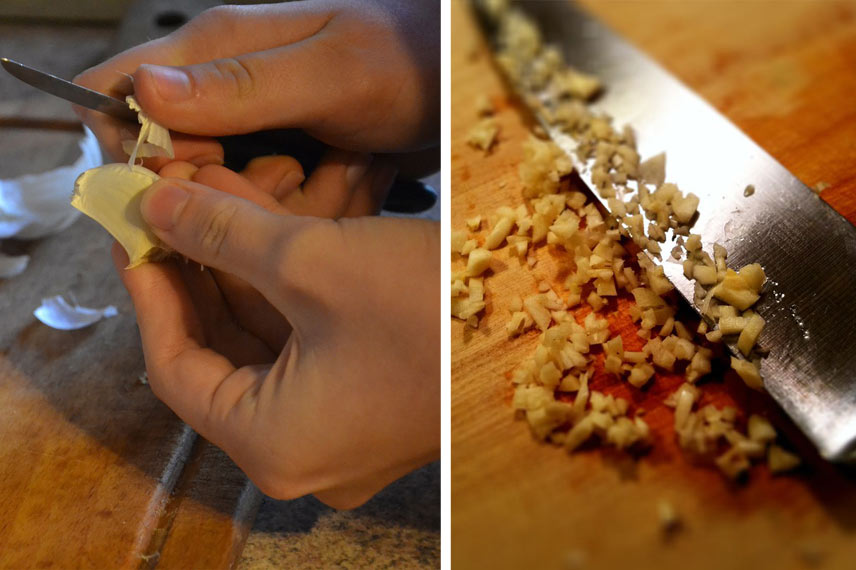
1. Start by roughly chopping the ten garlic pods.
2. Place them in a pot filled with five litres of water.
3. Bring everything to the boil.
4. Cover with a lid and simmer for 20 minutes.
5. Let the preparation cool for one hour, keeping the lid in place.
6. After this resting period, strain your decoction using the sieve, so as to remove every residue.
7. Pour the decoction into the plastic container using the funnel to avoid spillage.
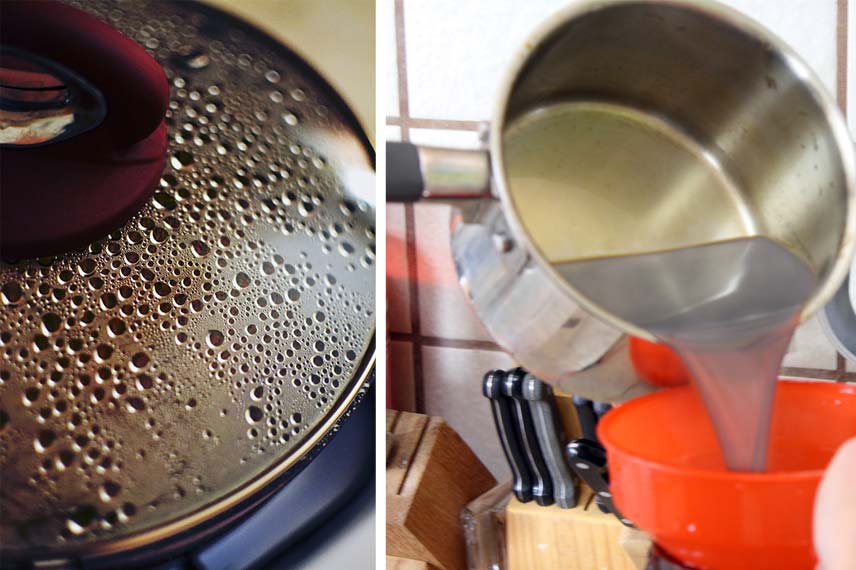
Note: garlic decoction should be used quickly, as it does not keep for more than a few days. Rather than throwing away the excess, use it on other plants in the garden.
Bonus tip
Bay laurel makes garlic decoction even more effective thanks to bactericidal properties of Laurus nobilis which enhance its action.
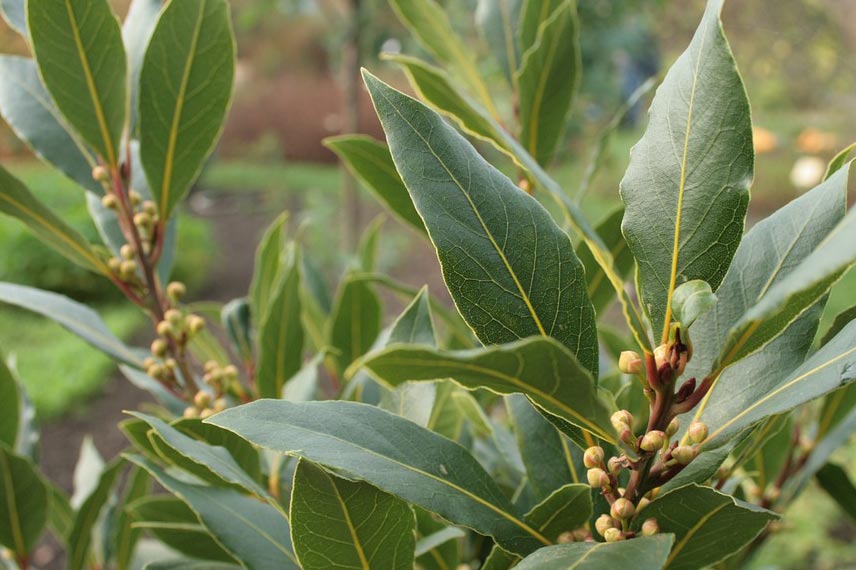
1. Prepare the garlic manure as described above.
2. Let the decoction macerate for 4 days.
3. After this period, infuse 40 g of bay laurel in 1.5 litres of water.
4. Strain and mix this bay infusion with your garlic decoction.
5. Apply in vegetable garden once the preparation has sufficiently cooled.
Advantages of garlic decoction in the garden
In the garden, garlic decoction has two main benefits.
To begin with, garlic decoction has a repellent effect on many damaging insects commonly found in our gardens. The strong smell of garlic deters these pests, among which are:
- aphids;
- caterpillars, notably cabbage white caterpillars;
- and mites.
Note: growing garlic in your vegetable garden also has a repellent effect on pests.
Garlic manure also helps protect your plantings from a large number of pathogenous fungi.
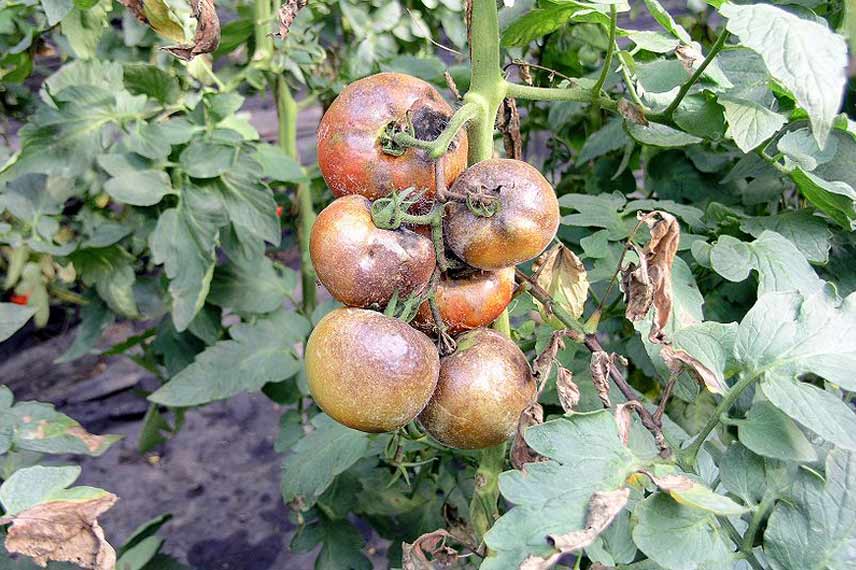
Tomato plant affected by late blight © Goldlocki
Among these are notably:
- Phytophtora infestans, responsible for late blight, a generic name covering various fungal diseases affecting very many plants (including vine, tomato, potato, lettuce and squash);
- ascomycete fungi, responsible for powdery mildew, a common vegetable-garden disease known as white rot or “the white disease”;
- Puccinia recondita, responsible for rust, which also affects many plants and weakens them;
- Capnodium oleaginum or Fumago salicina, causing sooty mould, a disease that follows honeydew secretions from sap-sucking insects (such as aphids);
- Botrytis, Fusarium, Rhizoctonia, Sclerotinia, Phyhium, Phoma... responsible for damping-off, a disease that affects seedlings barely emerged from the soil;
- Monilia laxa and Monilia fructigena, responsible for moniliasis, also called fruit rot;
- and Taphrina deformans, responsible for peach leaf curl, which deforms leaves and causes significant damage to fruit trees.
How to use garlic decoction on your plants?
Before starting, be aware that garlic decoction is quite strong. Prefer therefore to use it in the evening rather than during the day, so as to avoid scorching your plants.
Remember also that this decoction can be used both as a preventive and as a curative treatment, provided proportions are reasonable and controlled.
Using garlic manure as a preventive treatment
Using a pressure sprayer, spray the pure garlic decoction onto the foliage of the most sensitive plants. Do this every 3 to 4 days, for a period of 12 days.
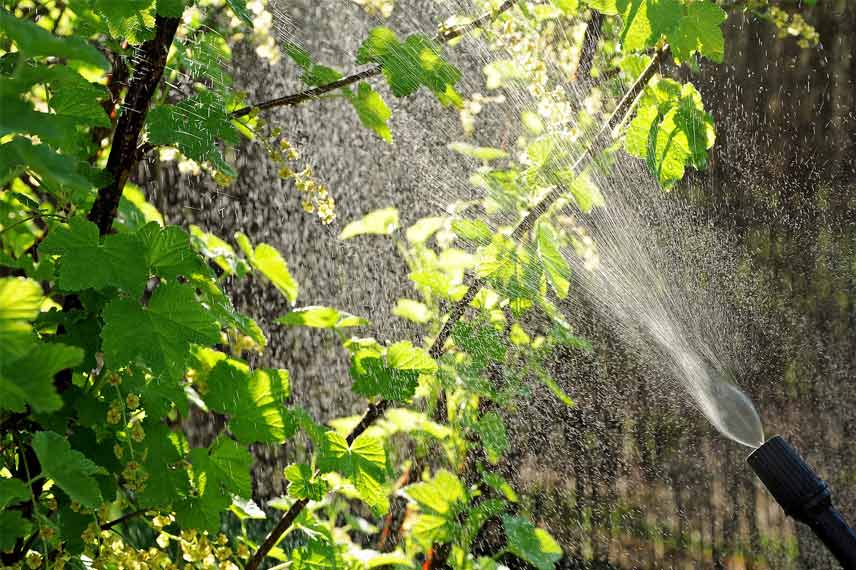
To prevent damping-off of seedlings, water them with your decoction using a rose-head watering can. Frequency and duration of the preventive treatment are the same as mentioned above.
Using garlic decoction as a curative remedy
In case of confirmed disease, use garlic decoction for its fungicidal properties.
Again, use pure garlic manure, and apply it by spraying onto the leaves. Do this every day for a week.
































Comments